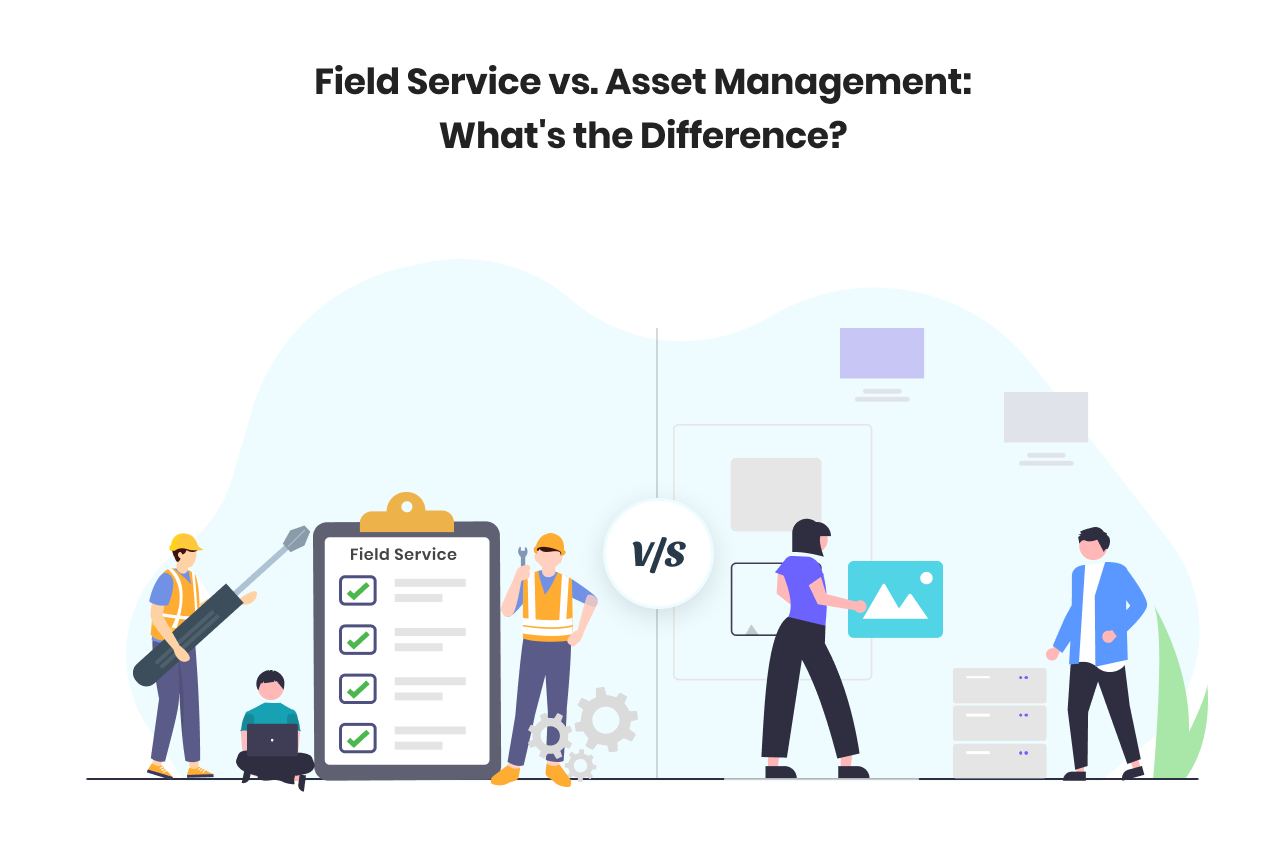Field service and Asset Management are two distinct but closely related functions within an organization, often found in industries like manufacturing, construction, utilities, and more. They serve different purposes and involve different aspects of operations. Here’s a breakdown of the key differences between them:
Field Service
Focus: Field Service is primarily concerned with the delivery of on-site services, repairs, maintenance, and support to customers or clients. It involves sending technicians or service personnel into the field to address specific issues or perform scheduled maintenance.
Core Activities: Field service includes scheduling appointments, dispatching technicians, tracking their movements, managing work orders, and ensuring that services are delivered efficiently.
Goals: The primary goal of field service is to enhance customer satisfaction by providing timely and effective on-site support or service.
Asset Management
Focus: Asset management, on the other hand, is centered around managing an organization’s physical assets, such as equipment, machinery, vehicles, and infrastructure. It involves the entire lifecycle of assets, from procurement to disposal.
Core Activities: Asset Management encompasses activities like asset tracking, maintenance planning, monitoring asset health, optimizing asset utilization, and ensuring compliance with regulations.
Goals: The primary goal of asset management is to maximize the lifespan and value of assets, reduce downtime, lower maintenance costs, and ensure regulatory compliance.
To further clarify the differences, here are a few examples of their applications:
Field Service: If you run a company that services photocopier machines, your field service team would be responsible for dispatching technicians to customer locations to repair, maintain, or troubleshoot these machines when issues arise.
Asset Management: In the same photocopier company, asset management would focus on maintaining a complete inventory of all photocopier machines, scheduling preventive maintenance for these machines, tracking their usage, and ensuring that they are compliant with industry regulations.
In practice, many organizations integrate both field service and asset management to improve overall operational efficiency. For example, field service technicians may use asset management software to access information about the assets they are servicing, and the data collected during service visits can be used to update asset records and trigger maintenance tasks.
In summary, field service and asset management are distinct functions within an organization, with the former focusing on delivering on-site services and the latter on managing and maintaining physical assets. However, they often intersect and complement each other to ensure the smooth operation of a business that relies on both service delivery and asset utilization.
